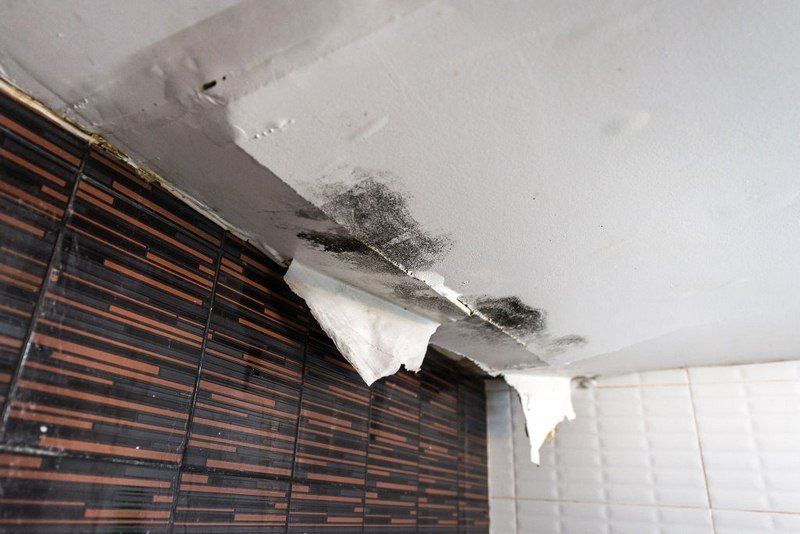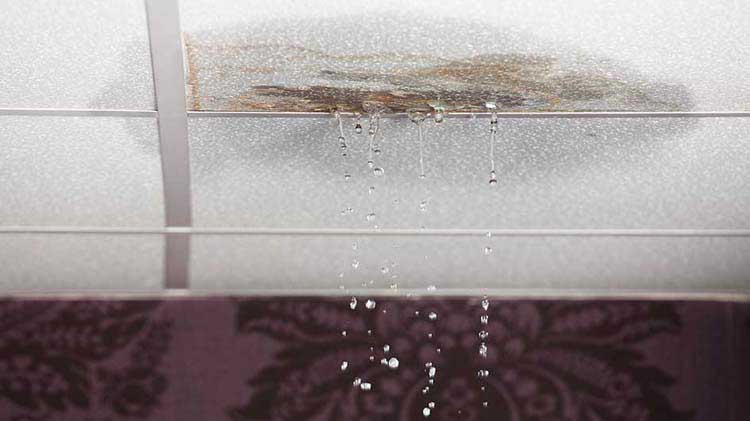Pinpoint Six of Principal Leak Factors Inside The Home
Pinpoint Six of Principal Leak Factors Inside The Home
Blog Article
Everybody may have their own unique concepts about How to detect water leaks in your home.

Leaks not only create waste of water however can likewise create unneeded damage to your house and also promote unwanted natural growth. By looking and comprehending for day-to-day circumstances that trigger leaks, you can safeguard your residence from future leaks and also unnecessary damage.
Elbowing in roots
Most water leakages start outside the house as opposed to inside it. If you see a sudden reduction in water stress, state in your tap, require time to go out as well as analyze your backyard. You may observe wet patches or sinkholes in your yard, which may imply that tree roots are getting into water lines triggering water to seep out. You can have your plumber look for breach, especially if you have trees or hedges near your residential or commercial property.
Corroded water systems
This might be the cause of staining or warping on your water pipes. If our plumbing system is old, consider replacing the pipes considering that they are at a higher danger of corrosion than the newer models.
Defective Pipeline Joints
The factor at which your pipes connect is regularly the weakest web link in the waterline. Pipeline joints can deteriorate over time, resulting in water leakages. Regrettably, the majority of pipe joints are not conveniently visible. If you have loud pipes that make ticking or banging sounds, specifically when the warm water is switched on, your pipe joints are most likely under a lot of stress. It is advisable to have your plumber check your system once a year.
Instant temperature level adjustments.
Severe temperature changes in our pipelines can cause them to broaden and contract suddenly. This growth as well as tightening may create fractures in the pipelines, particularly if the temperature level are below cold.
Poor Water Connectors
At times, a leak can be created by loosened hose pipes and also pipelines that supply your appliances. In case of a water links leakage, you may see water running straight from the supply line or pools around your devices.
Blocked Drains
Blocked drains pipes may be annoying and inconveniencing, however they can sometimes end up creating an overflow causing break pipes. Keep removing any type of materials that might drop your drains pipes that could block them to avoid such aggravations.
All the above are reasons for leaks but not all water leakages arise from plumbing leaks; some leaks could originate from roof covering leaks. All leakages should be repaired quickly to stay clear of water damage.
Leaks not only cause waste of water but can likewise trigger unneeded damage to your home as well as promote unwanted natural growth. By recognizing as well as looking for day-to-day circumstances that trigger leaks, you can shield your house from future leaks as well as unneeded damages. Today, we will look at 6 leak causes that might be triggering your pipelines to leak.
At times, a leak can be created by loosened hose pipes as well as pipes that provide your devices. In case of a water connections leakage, you may see water running directly from the supply line or puddles around your appliances.
How To Check For Water Leak In Your Home
How To Check for Leaks
The average household's leaks can account for nearly 10,000 gallons of water wasted every year and ten percent of homes have leaks that waste 90 gallons or more per day. Common types of leaks found in the home are worn toilet flappers, dripping faucets, and other leaking valves. These types of leaks are often easy to fix, requiring only a few tools and hardware that can pay for themselves in water savings. Fixing easily corrected household water leaks can save homeowners about 10 percent on their water bills.
To check for leaks in your home, you first need to determine whether you're wasting water and then identify the source of the leak. Here are some tips for finding leaks:
Take a look at your water usage during a colder month, such as January or February. If a family of four exceeds 12,000 gallons per month, there are serious leaks.
Check your water meter before and after a two-hour period when no water is being used. If the meter changes at all, you probably have a leak.
Identify toilet leaks by placing a drop of food coloring in the toilet tank. If any color shows up in the bowl after 10 minutes, you have a leak. (Be sure to flush immediately after the experiment to avoid staining the tank.)
Examine faucet gaskets and pipe fittings for any water on the outside of the pipe to check for surface leaks.
Undetected water leaks can happen without the home or business owner even realizing. If you suspect a water leak, but not able to find the source. It is time to contact a professional water leak detection service, The Leak Doctor.
How To Find a Water Leak In Your Home
https://www.leakdoctor.com/blog/How-To-Check-For-Water-Leak-In-Your-Home_AE197.html

I have been very fascinated with Common Water Leaks In House and I really hope you enjoyed reading the new blog post. Are you aware of anybody else who is in the market for How to detect water leaks in your home? Feel free to share it. Thank-you for going through it.
Recurring Service Plans Report this page